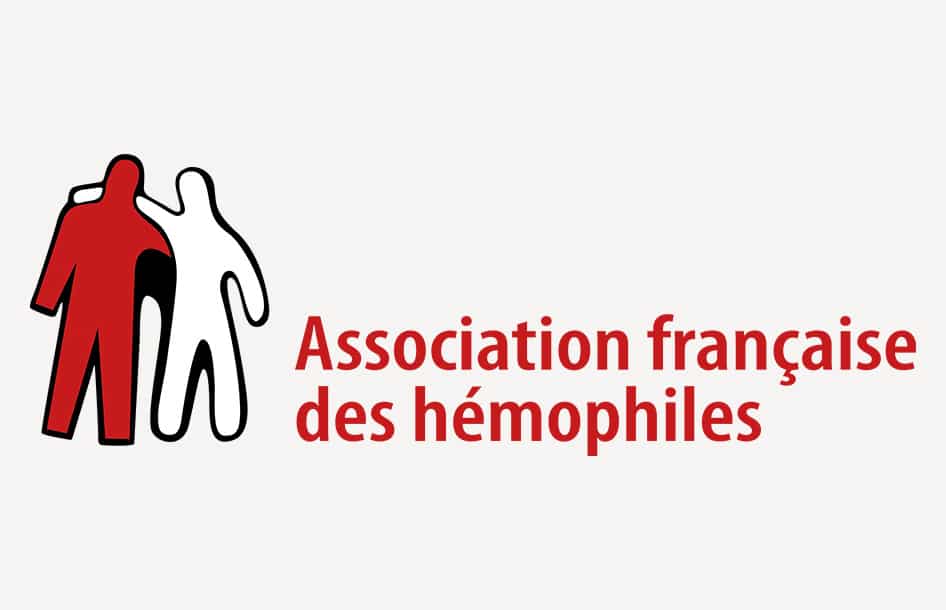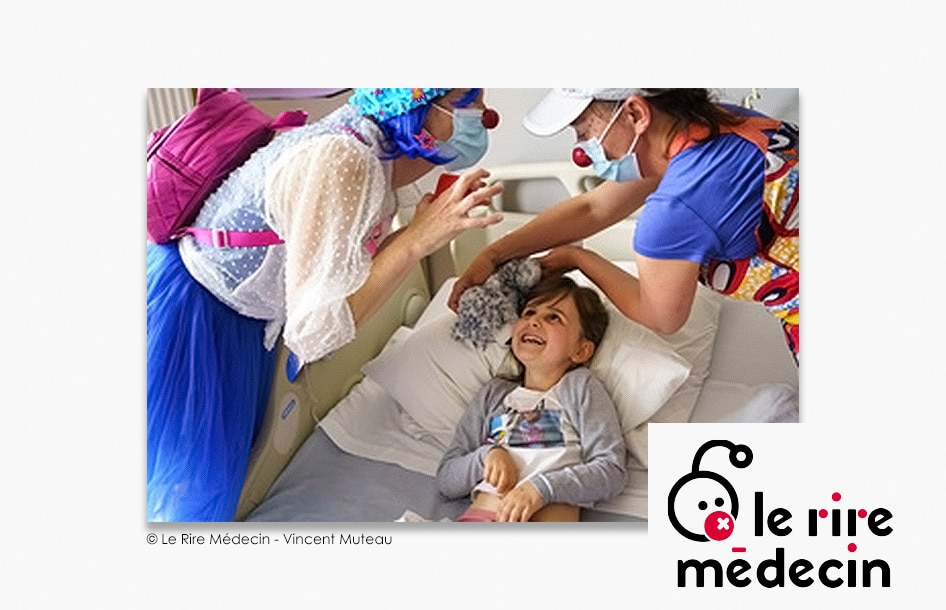Commitment to patient associations

THE COMMITMENT OF LFB EMPLOYEES
LFB employees provide support to patient associations in countries where LFB markets its medicinal products. LFB’s representatives and those from patient associations work together to evaluate care pathways and launch initiatives to improve them. Improving the time to a correct diagnostic, increasing the availability of medicinal products, and improving hospital-city care pathways are some of the themes we focus on in our work.
Thus, the activities of patient associations, partially with the financial support of LFB, and LFB’s initiatives for patients work in complementarity, all in the service of patients.
PATIENT ASSOCIATIONS
Patient associations are committed to reducing diagnostic errors, ensuring safety, quality and access to care and treatment, and improving patients’ quality of life.
Collectively, they defend the right of patients and users of the health system to take part in decisions that concern them. They represent patients towards public stakeholders and they support research.
Some of the patient associations that support people treated with plasma-derived medicinal products also promote blood or plasma donation.
LFB's historic commitment to patient associations
ADAAT: Association for patients with alpha-1 antitrypsin deficiency
Since the ADAAT was created, the LFB has supported it in its missions which aim to improve knowledge of the deficiency, support families, raise awareness of the disease and advance research in the field.
Interview with Sandrine Lefrançois, President of the ADAAT.
AF3M: French association for patients with Multiple Myeloma
Myeloma is a rare disease that affects 20,000 people in France. The AF3M’s mission is to provide information on current treatments and research and to provide aid and support by bringing patients and the association together.
AFH: French association of haemophiliacs
As a long-standing partner of the AFH, LFB supports its missions which include to guarantee safety, quality and access to care and treatment for all, improve the quality of life of all and ultimately to cure haemophilia and rare haemorrhagic diseases.
EHC : European Haemophilia consortium
The EHC consortium brings together 48 national patient organisations for people with rare bleeding disorders from 27 European countries.
The EHC represents its national member organisations at national and European level, helping them to engage with each other.
WFH: World Federation of Hemophilia
The WFH is an international organisation whose goal is to improve and sustain the care of people with inherited bleeding disorders throughout the world.
AFNP: French association for peripheral neuropathies
Since the creation of the AFNP, the LFB has supported the association in its missions aimed at people living with inflammatory-dysimmune peripheral neuropathy and in its desire to improve health policies.
Interview with Jean-Philippe Plançon, President of the AFNP.
IRIS: Association for patients with primary immunodeficiencies
Since the IRIS was founded in 1998, LFB has provided its support to improve the diagnosis and management of primary immunodeficiencies, support and represent patients, promote donation and support research.
IPOPI: International Patient Organisation for Primary Immunodeficiencies
The IPOPI is an international association representing patients with primary immunodeficiencies and is dedicated to improving awareness, access to early diagnosis and optimal treatments for patients worldwide.
EPODIN, European Patients Organisation for Dysimune and Inflammatory Neuropathies
EPODIN is a European association whose members are European patient associations. Its mission is to bring the voice of patients suffering from dysimmune neuropathies to European public health stakeholders.
Le Rire Médecin
For over 15 years, LFB has been a firm supporter of the 150 professional clowns of Le Rire Médecin, who perform every day to the great delight of hospitalised children. In collaboration with healthcare teams, Le Rire Médecin “hands out” laughter to children with chronic illnesses in their healthcare environment.
















